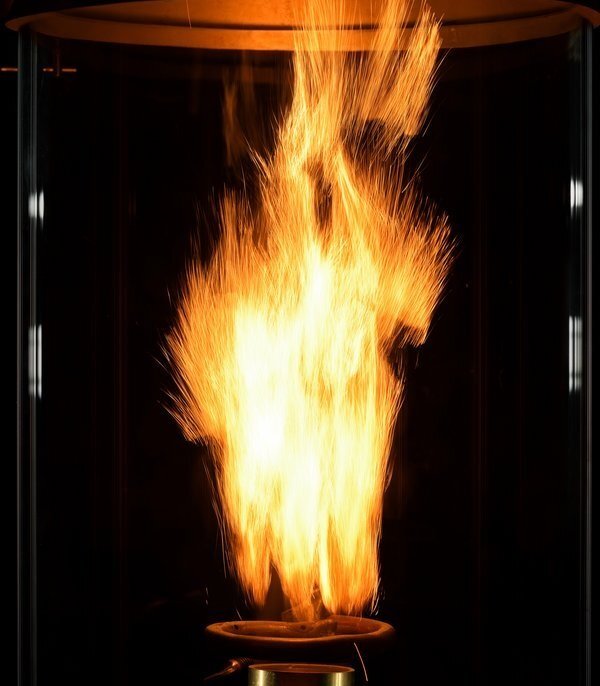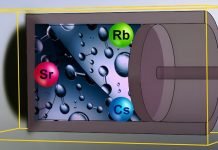
Researchers from McGill University in Canada and Eindhoven University of Technology in The Netherlands have made an exciting discovery about a unique type of fire called discrete burning.
They conducted experiments using iron powder in zero gravity to better understand this phenomenon and its potential applications.
In this article, we will explore how burning iron can provide a sustainable energy solution and even be used in future space exploration.
Discrete burning refers to a type of fire where flames do not continuously burn through fuel, but rather jump from one fuel source to another.
While this form of fire is rare on Earth, a similar example is seen in forest fires, where the fire leaps from one tree to the next as the temperature rises.
To study discrete burning, scientists conducted experiments with burning iron powder in zero gravity conditions.
They used parabolic flights and sounding rockets launched from Sweden to observe the behavior of the burning iron particles.
High-speed cameras captured the fascinating spectacle, enabling the researchers to gain a deeper understanding of this unique phenomenon.
The researchers’ findings have opened up exciting possibilities for using iron as a sustainable fuel source.
When materials burn, they combine with oxygen atoms to transform into different substances. Carbon-based fuels, such as wood, coal, or oil, produce carbon dioxide when burned. However, burning iron results in the formation of iron oxide, commonly known as rust.
Unlike carbon dioxide, rust does not emit harmful gases into the atmosphere, making iron a cleaner alternative.
With the knowledge gained from their experiments, scientists have developed efficient and practical iron-burning furnaces.
These furnaces use iron as fuel and produce noxious gas-free energy. Moreover, the leftover rust can be easily collected for further processing.
By removing the oxygen from the iron oxide and using sustainable electricity, the iron can be recycled, making it an endlessly reusable energy storage option.
Already, a demonstration plant in Budel, Netherlands, is successfully utilizing iron as a fuel source, generating 1 MW of steam. This promising technology can be scaled up to power larger industrial processes and factories.
Additionally, as space agencies plan to establish lunar outposts, iron fuel could play a crucial role. By using solar energy and extracting resources from the moon, metallic powders like iron can be produced from lunar minerals, and hydrogen and oxygen can be harnessed from lunar ice.
These resources can then be used as propellants for rockets and ground transportation, paving the way for sustainable space exploration.
The concept of using iron as a fuel source has evolved from an idea just a decade ago to a rapidly growing field of research and development.
Iron fuel offers a carbon-free and efficient alternative to traditional fuels, and its potential applications range from powering homes and vehicles on Earth to supporting sustainable energy systems on the moon.
As scientists continue to explore and refine this technology, iron fuel holds great promise for a cleaner and brighter future.
Source: European Space Agency.




